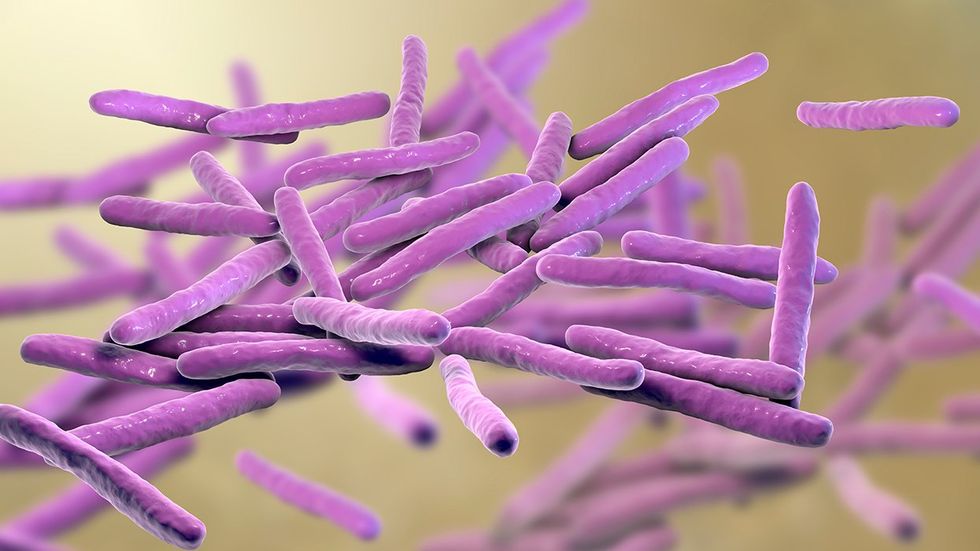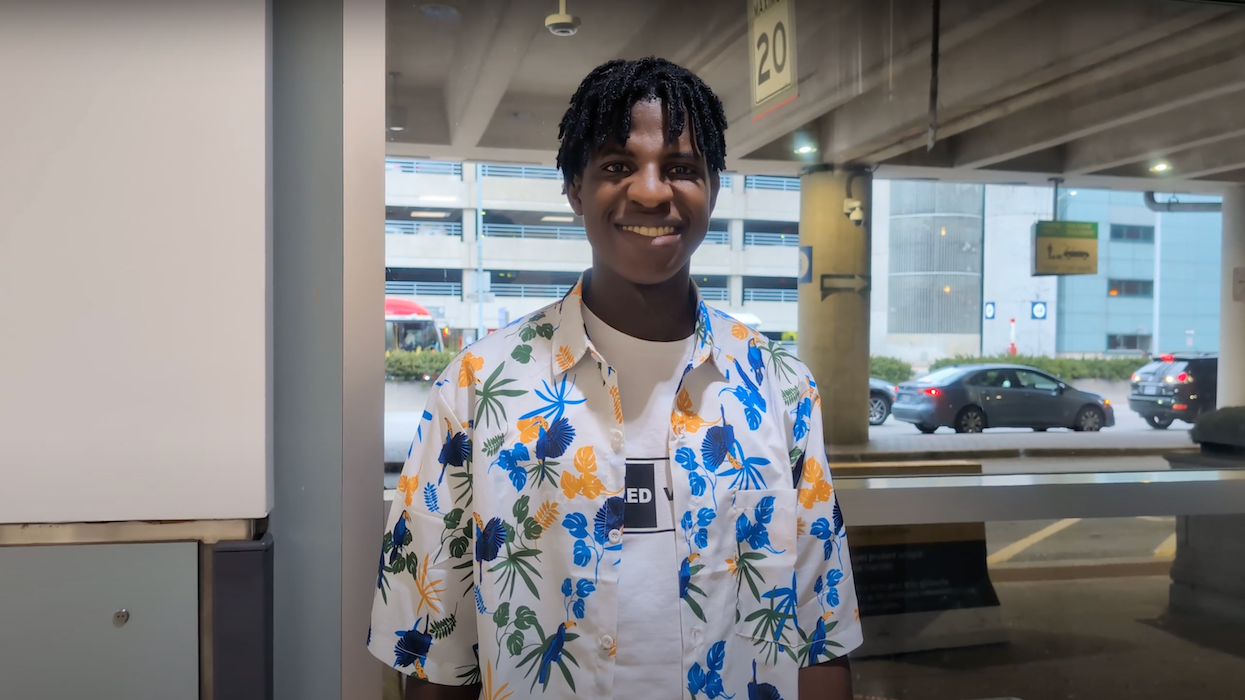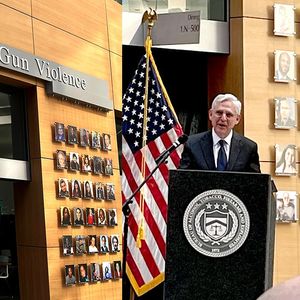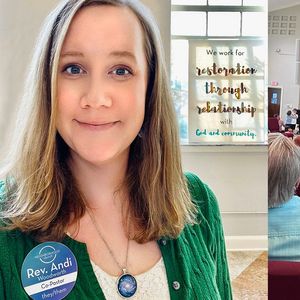All Rights reserved
By continuing to use our site, you agree to our Private Policy and Terms of Use.
By Giri Viswanathan, CNN
(CNN) –When a 54-year-old landscaper came into an Orlando dermatology clinic with a splotchy, painful rash, Dr. Rajiv Nathoo took five or six biopsies. The rash was spreading from the man’s limbs to his face, but previous doctors had been stumped by what was causing it.
The biopsy results confirmed Nathoo’s hunch, a diagnosis he described as something “you read in your textbooks”: leprosy.
However, the man didn’t have the obvious risk factors that most doctors would expect with the hard-to-catch infection. So after noticing a cluster of other cases in the area, Nathoo, a dermatologist and complex clinic director for Advanced Dermatology and Cosmetic Surgery Clinics in Orlando, began to suspect that Central Florida could be an unexpected leprosy hotbed.
Now, his team is cautioning other health care providers to be on the lookout for similar cases in the area.
According a research letter published by Nathoo and his colleagues in the journal Emerging Infectious Diseases, Central Florida has reported among the highest rates of leprosy in the United States.
In 2020, 159 cases were reported nationwide, compared with 200,000 new cases each year around the world, according to the World Health Organization. The new letter says Central Florida accounted for 81% of cases in Florida and nearly 1 out of 5 leprosy cases nationwide.
Also known as Hansen’s disease, leprosy is caused by the bacteria Mycobacterium leprae, which attacks nerves under the skin. Scientists aren’t completely sure of how it spreads, but most believe that it’s transmitted via droplets when an infected person coughs and sneezes. Its telltale symptoms include lesions and rashes that are numb or lack sensation because of the involvement of nerves.
Nine-banded armadillos in the Southeastern United States can also carry the bacteria, and gene studies have linked human infections to the leprosy strains carried by armadillos, although it’s not always clear how humans encounter armadillo-carried bacteria. Many patients can’t recall ever having contact with the animals.
The disease is not transmitted through casual contact like shaking hands or sitting next to an infected person. Instead, spread requires prolonged close contact with someone who has untreated leprosy over many months, according to the US Centers for Disease Control and Prevention. Roughly 95 percent of people aren’t susceptible to the infection because their immune systems are genetically programmed to resist it.
As a result, leprosy is a rare disease in the United States. Historically, most cases of leprosy in the US affect people who travel to countries with high rates of disease or who are exposed to armadillos that carry the disease.
But there are cases in which doctors never know how a person was exposed.
“In certain states, we see more cases than others. Florida is one of them,” said Dr. Linda Adams, chief of the laboratory research branch at the National Hansen’s Disease Program, a federal program that coordinates treatment for Americans who are diagnosed. “In all of these areas, we do see cases that we cannot explain. There’s been no foreign travel, for example, or no contact with armadillos.”
The 54-year-old man in the new report told his doctors that he had never left the state of Florida and had no exposure to armadillos and no extended interaction with people from countries with high rates of leprosy, though he did spend a lot of time outdoors.
About 34 percent of new cases between 2015 and 2020 didn’t have those traditional risk factors, according to the research letter. Instead, the people appear to have been infected locally, a finding that suggests that leprosy has become endemic in Florida, the letter says.
Experts agree that leprosy is becoming endemic in the region. But that need not cause a public health panic, said Dr. Nicole Iovine, chief hospital epidemiologist at the University of Florida Health Shands Hospital. “Endemic” simply means there are regular levels of a disease in a region but not that rates are climbing, she explained.
“It’s really rare still,” Nathoo said. “These numbers are still relatively super low here. We’re not that concerned with it.”
However, Nathoo has tracked down clinical records of 15 biopsy-proven leprosy cases clustered in eastern Orlando and Volusia County over the past five years. Fourteen of them have not traveled outside the United States, and none of them is connected to each other in any way.
Though there’s a “strong geographic predilection” for the illness in central Florida, there’s a misconception among doctors that leprosy happens either only in foreign-born people or only in those with exposure to nine-banded armadillos, according to Dr. Charles Dunn, a study author and chief resident at Advanced Dermatology and Cosmetic Surgery Clinics.
Since their patients lacked those traditional risk factors, Dunn believes that it’s worth dispelling those assumptions. Even though armadillos are the “textbook example,” there is no perfect vector for leprosy that the medical community can pinpoint, he added. After all, most people don’t have prolonged contact with nine-banded armadillos.
“That was the crux of our paper, to say, ‘hey, this guy walked into our clinic. We’ve diagnosed him, and when we look at our database of people in Florida, they seem to be aggregated here,’ ” Nathoo said. “That’s something to just keep an eye out for.”
Still, the cluster of potentially endemic cases in Central Florida worries Iovine. Left untreated, the disease can paralyze the hands and the feet, cause blindness, and cause fingers and toes to shorten. The infection is curable, but treatment involves a combination of antibiotics taken over a few years.
Also, a cure may not resolve things like nerve or skin damage in people whose diagnosis has been delayed, which is a common situation in the US, where doctors aren’t used to seeing the disease.
One of the challenges with leprosy is how slowly the bacteria grows. Depending on the type of infection, according to the CDC, it can take up to 20 years to develop symptoms like pale numb blotches, rashes, ulcers and lesions.
Given that delay, it can be challenging to track the source and spread of a leprosy infection. And since most doctors “will never see a case of leprosy,” Iovine said, it’s often misdiagnosed at first.
“I’m sure that patients go for months without a correct diagnosis,” she said. “I would say that’s much more the norm.”
In the new study’s case report, the patient had clinical signs of leprosy for five years before coming to Nathoo and being screened for Hansen’s disease. Before that, multiple providers had told him that they were unsure what his condition was.
Providers who identify leprosy are required to report it to the state health department within 24 hours, after which the National Hansen’s Disease Program ships specialized antibiotics to their office and begins a contact-tracing process.
“The symptoms of leprosy are often missed, and so it’s just not on the dermatologist’s radar,” Adams said. “It’s not the first thing they think of when they see something like this.”
CNN’s Brenda Goodman contributed to this report.
The-CNN-Wire
™ & © 2023 Cable News Network, Inc., a Warner Bros. Discovery Company. All rights reserved.
Want more breaking equality news & trending entertainment stories?
Check out our NEW 24/7 streaming service: the Advocate Channel!
Download the Advocate Channel App for your mobile phone and your favorite streaming device!






















































































